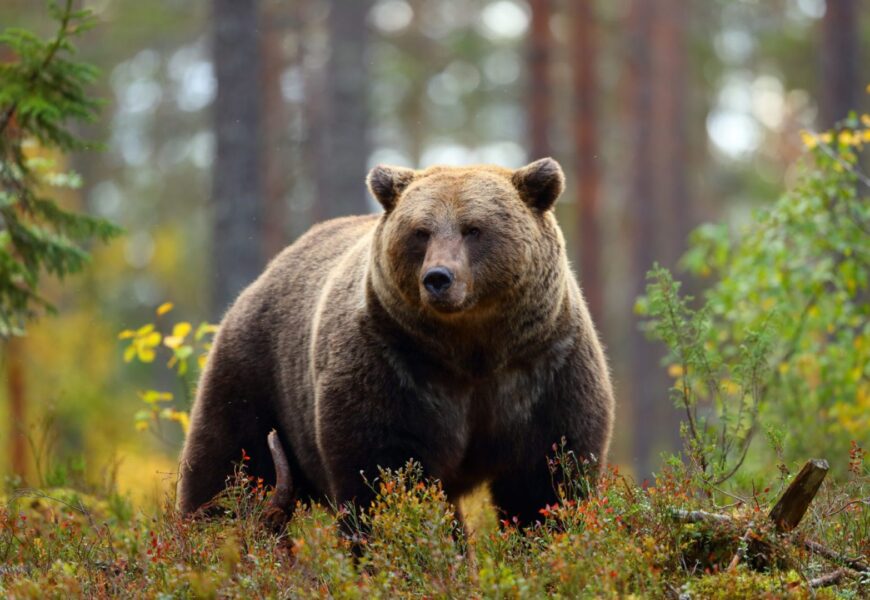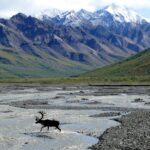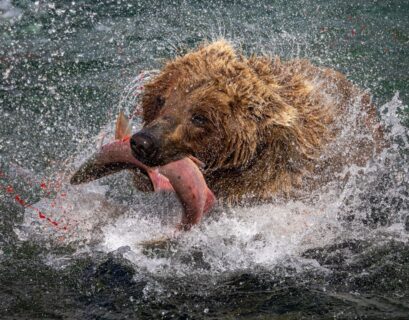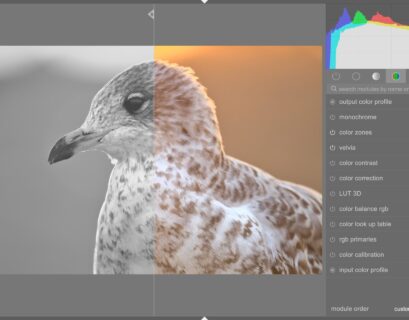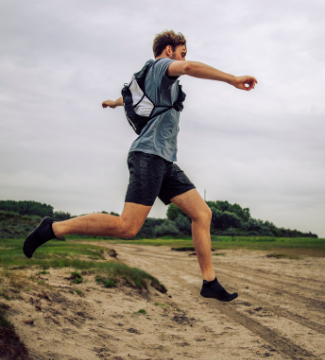Photographing wildlife in their natural habitat is an exhilarating experience, but it comes with its own set of risks. Ensuring your safety while capturing stunning images of wild animals is paramount. Here’s a comprehensive guide to help you stay safe during your wildlife photography adventures.
Research and Plan Ahead
Before heading out, thoroughly research the area and the animals you plan to photograph. Understand their behavior, habitats, and any potential dangers they might pose. Knowing the habits of the animals you’re photographing can help you anticipate their actions and keep a safe distance. Additionally, check for any safety advisories or guidelines specific to the location.
Maintain a Safe Distance
One of the most important rules in wildlife photography is to keep a safe distance from the animals. Use a telephoto lens to capture close-up shots without encroaching on their space. Approaching too closely can not only stress the animals but also put you in danger. Each species has its own comfort zone, so learn and respect these boundaries.
Stay Aware of Your Surroundings
Always be mindful of your surroundings. Wildlife can be unpredictable, and being aware of your environment helps you react quickly if a situation arises. Regularly scan the area for any signs of animal activity, and be cautious of uneven terrain, water bodies, and other potential hazards. Avoid turning your back on the animals for extended periods.
Travel with a Companion
Whenever possible, avoid going alone. Having a companion not only adds a layer of safety but also provides an extra set of eyes and ears. If an emergency arises, having someone with you can be crucial. If you must go alone, make sure to inform someone about your plans, including your expected return time and location.
Carry Essential Safety Gear
Pack a well-equipped safety kit tailored to the environment you’re exploring. This should include a first-aid kit, a whistle, a flashlight, a map, a compass, and a fully charged phone with emergency contacts. In areas with limited cell service, consider carrying a satellite phone or a personal locator beacon (PLB). Additionally, bear spray can be useful in regions with bears or other large predators.
Respect Wildlife and Their Habitats
Respecting wildlife means not disturbing their natural behaviors or habitats. Avoid making loud noises, sudden movements, or using flash photography, as these can startle animals. Follow all park regulations and guidelines, and never feed or attempt to touch the wildlife. Maintaining a respectful attitude towards nature ensures both your safety and the well-being of the animals.
Dress Appropriately
Wear appropriate clothing for the environment and weather conditions. Camouflage clothing can help you blend in with your surroundings, but avoid wearing anything with bright colors or strong scents that might attract unwanted attention. Sturdy footwear is essential for navigating rough terrain, and consider wearing long sleeves and pants to protect against insects and vegetation.
Stay Calm and Don’t Run
If you encounter a potentially dangerous animal, remain calm. Sudden movements or running can trigger a chase response. Instead, slowly back away while keeping the animal in view. Make yourself appear larger by raising your arms and speaking in a firm, steady voice. In most cases, animals will avoid confrontation if they don’t feel threatened.
Be Prepared for Emergencies
Even with the best preparation, emergencies can happen. Familiarize yourself with basic first aid and survival skills. Know the location of the nearest medical facilities and ranger stations. Carry a whistle or other noise-making device to signal for help if needed. Being prepared can make a significant difference in an emergency situation.
Follow Local Guidelines and Regulations
Different regions have specific guidelines and regulations to ensure the safety of both visitors and wildlife. Follow all posted signs, stay on designated trails, and adhere to the rules set by park authorities or local wildlife management. These guidelines are in place to protect you and the animals you are there to photograph.
Conclusion
Photographing wildlife in the wild is a thrilling and rewarding pursuit, but it’s essential to prioritize safety. By maintaining a safe distance, staying aware of your surroundings, respecting wildlife, and being prepared for emergencies, you can enjoy your wildlife photography adventures while minimizing risks. Remember, your safety and the welfare of the animals are paramount. Happy shooting and stay safe!

